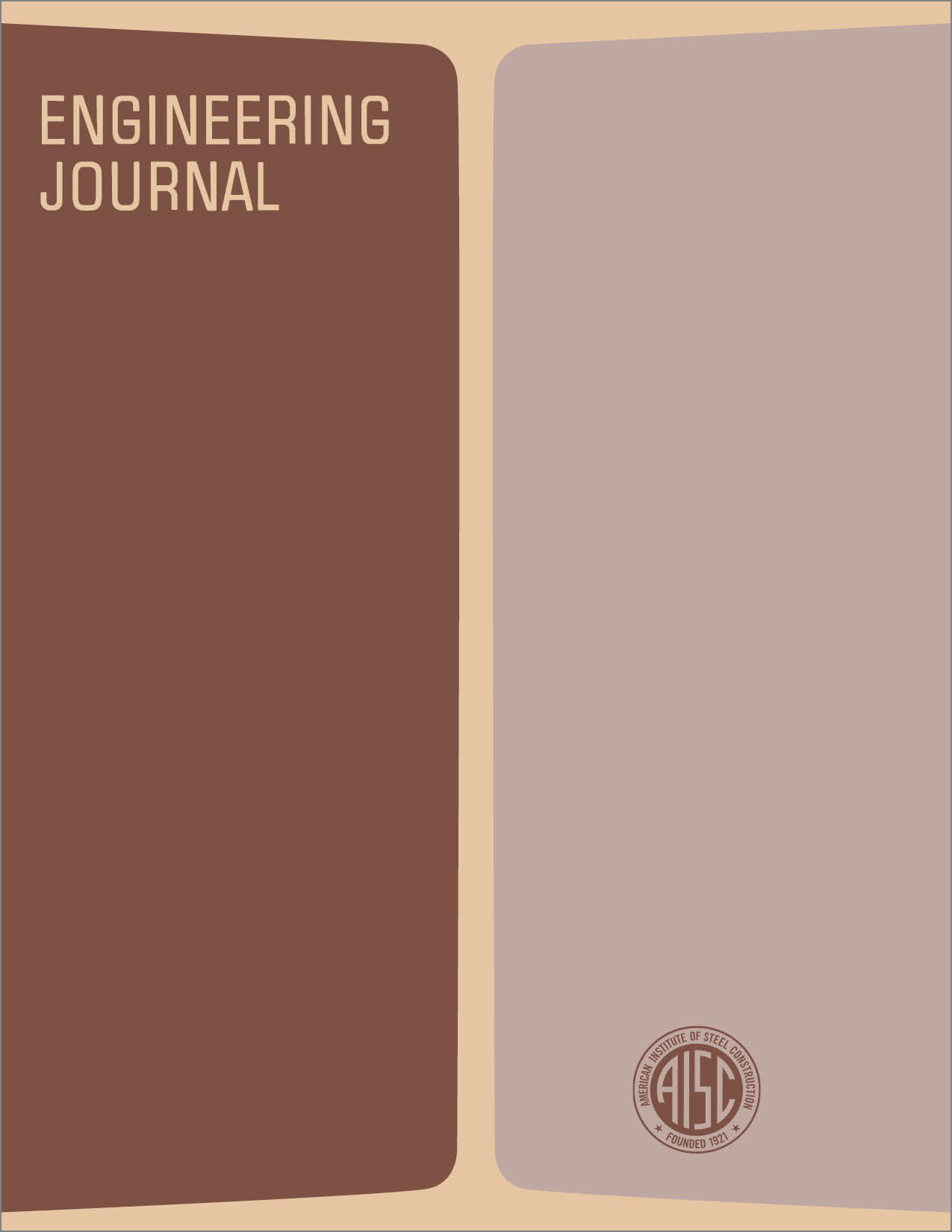Simplified Design for Torsional Loading of Rolled Steel Members
DOI:
https://doi.org/10.62913/engj.v14i3.294Abstract
When a structural member is loaded in such a manner that the plane of loading does not pass through the shear center, the member is twisted about its longitudinal axis and is said to be in torsion. In the energy-related industries, there are many occasions in which torsion is severe enough to control the design of a structural member. It is therefore very important that a structural engineer be able to recognize a torsion situation and apply a simple and fairly accurate solution to achieve the design. Rolled steel members under uniform and non-uniform torsion have been studied analytically and experimentally by many investigators. For various loading and boundary conditions, solutions to differential equations have been derived, and for a limited number of cases, charts have been made for use by the design engineer. Unfortunately, because the differential equation solution is rather mechanical and time-consuming and, moreover, the designer cannot clearly visualize what is happening in working with the hyperbolic functions for f, an improper design may result without the designers knowledge. Thus, this "exact" method is really suited only for analysis.

